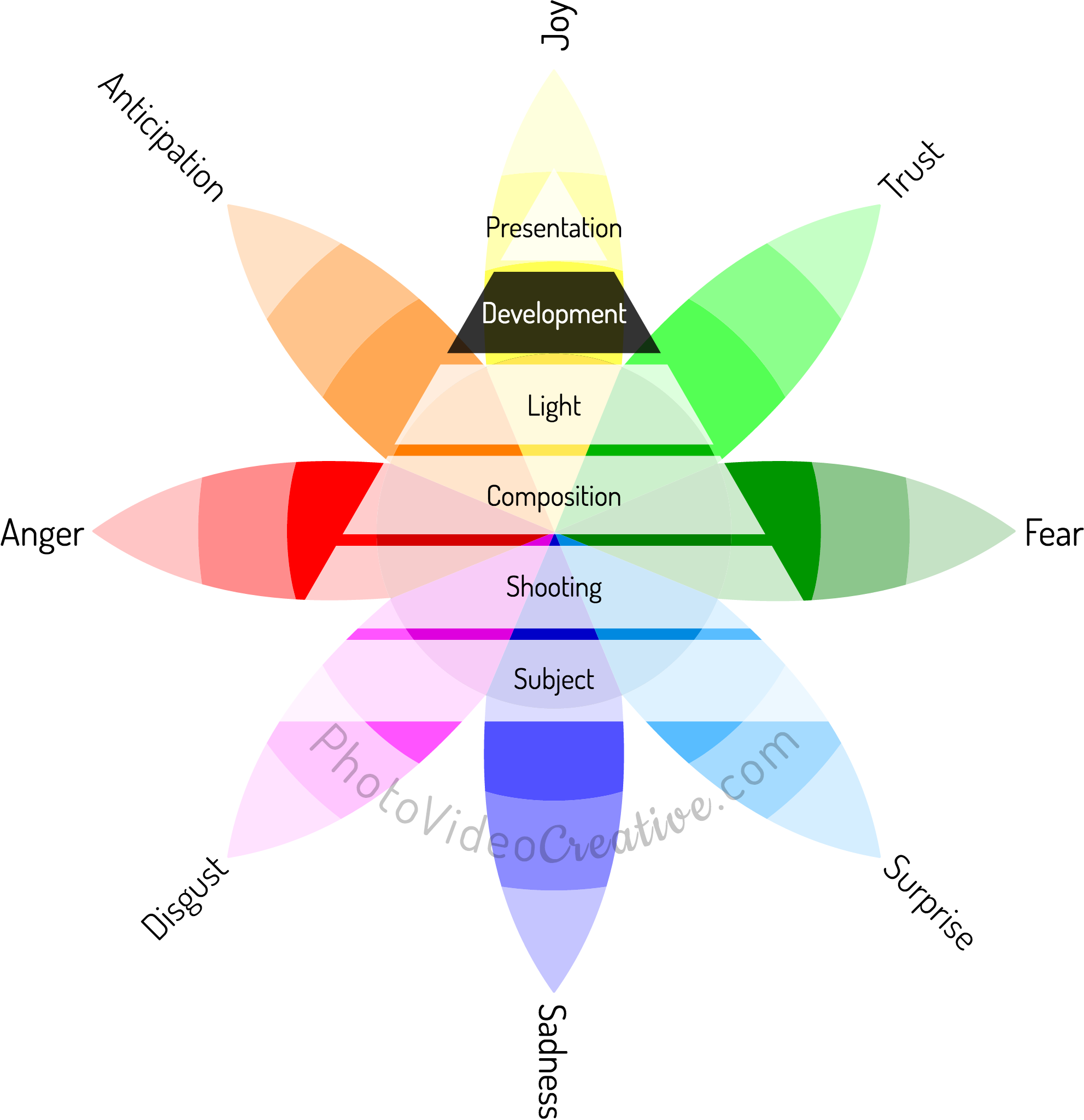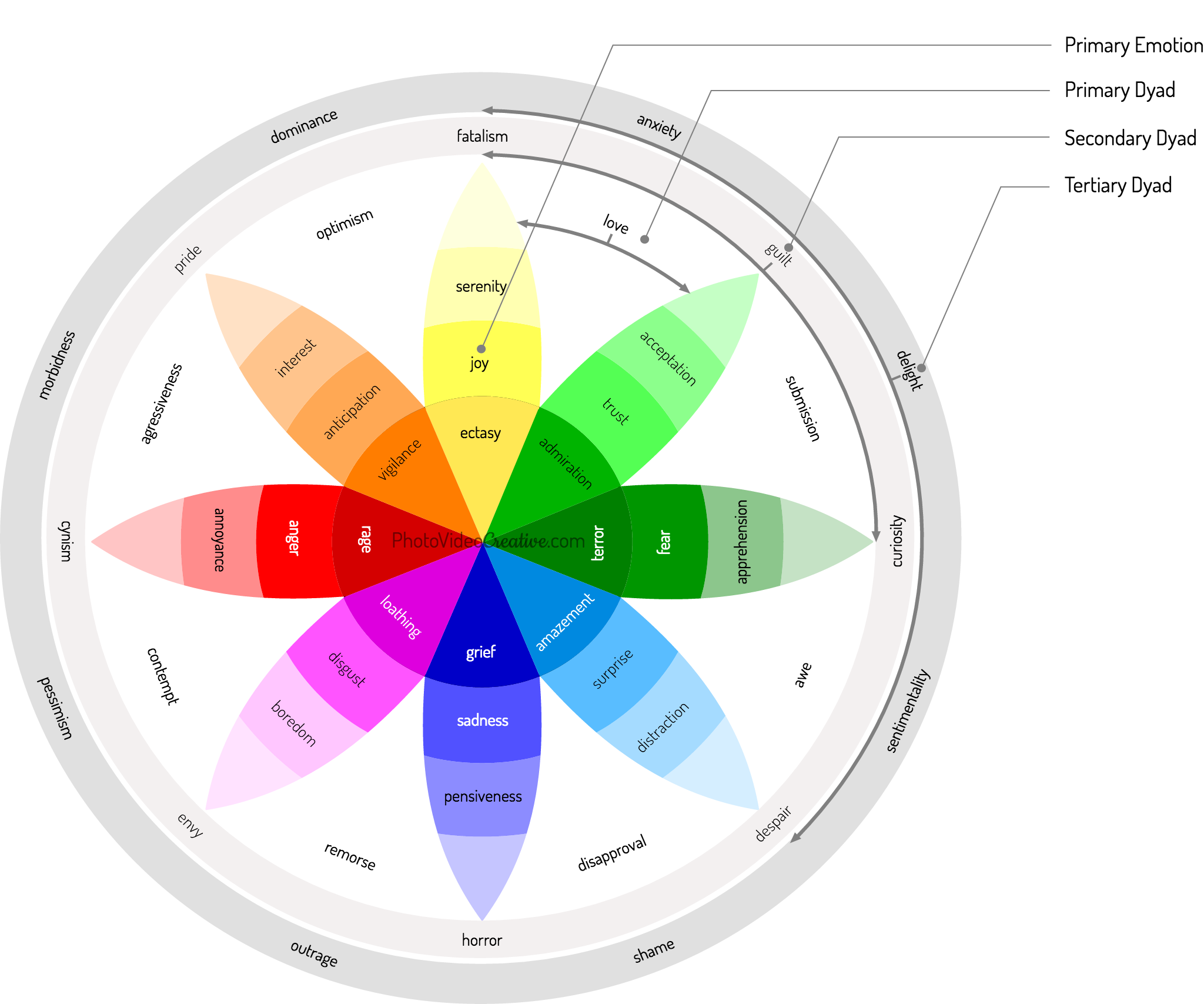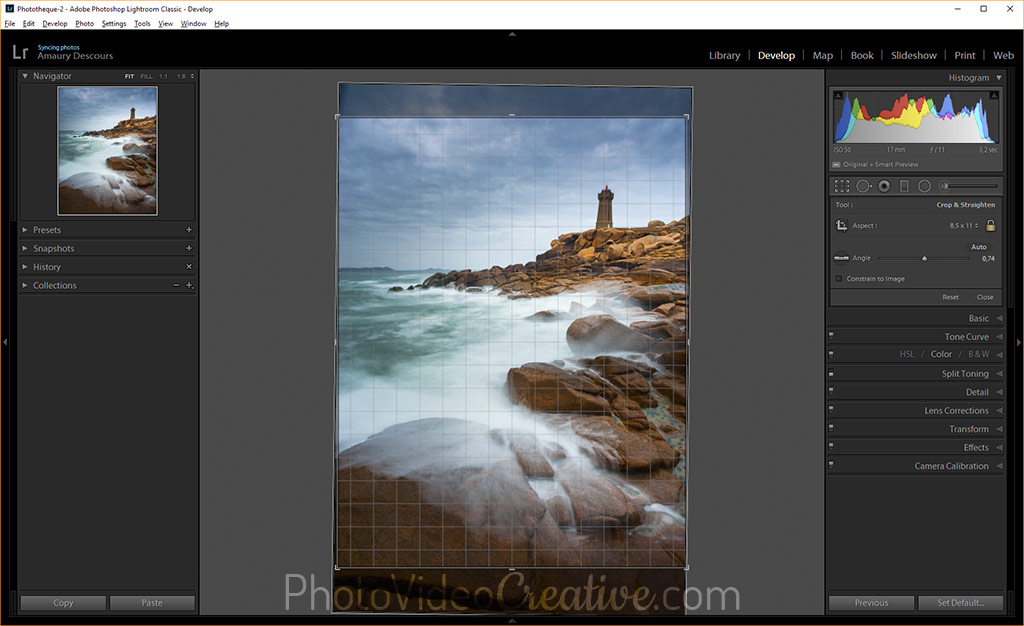
Unless you are looking for a particular composition, a tilting picture is often unintentional. The horizon line is then inclined to the left or right. But do you know that this little negligence subconsciously provokes an emotional reaction?
I will share with you:
- Why we have trouble judging the inclination of the horizon line when shooting
- A reminder about the theory of emotions
- Emotions related to a tilting horizon line
- How to straighten your photo easily
Before We Begin
Succeeding in making remarkable photos means provoking emotions as close as possible as those you felt during shooting. Focused on the theory of emotions, I designed a 6-step method for learning photography first with what you feel. Development is the 5th step to achieve. Among the 6 major development techniques to know, there are the techniques for correcting the geometry of your photo: the straightening of horizon line is one of them.

Why We Have Trouble Judging The Inclination Of The Horizon Line
Even when we tilt our head to observe our environment, our mental representation of the horizon line is that it always stays straight because it is our reference to say if vertical objects are straight or inclined.
When we observe an image, the reference is no longer the photographed horizon line but the frame of the image. Indeed, to see correctly a photo, you turn the screen or print paper so that the edges of the photo are horizontal and vertical.
Thus, tilting your head does not cause the same effects as tilting your camera: this explains why we sometimes take tilting pictures without being aware.
This can be accentuated by the magnetism of your subject. Being totally focused in the best time to trigger, you may have neglected to pay attention to your photo straightness.
And sometimes, it is simply not possible when shooting to check that the photo is not tilting: it was necessary to trigger quickly, the reference points were missing, etc.
But why should the horizon line be … horizontal in your photo? It all depends on the emotions you felt when shooting!
A Quick Reminder About The Theory of Emotions
All types of emotions that we feel can be represented on a wheel with 8 primary emotions according to the theory of emotions of Plutchik. These primary emotions come in varying intensities (the most intense are at the center) and combine in 24 other emotions through dyads.

Emotions Related To A Photo With A Tilting Horizon Line

When the horizon line is involuntarily leaning, a slight inclination of a few degrees creates a disturbance. As soon as the edges of the image are misaligned with the horizon line, you will most often cause the following negative emotions:
Boredom and disgust may appear because your photo does not look professional. And more negative emotions arise because of the unbalance.
But if you voluntarily lean the horizon line (something like 30°), then you can evoke more positive emotions like:
- Surprise
- Curiosity (Surprise + Confidence)
If all these emotions are undesirable for you because contrary to what you felt, then you must straighten the horizon line.
How To Straighten The Horizon Line of Your Photo
The straightening of a photo is a correction found in almost all cropping tools in photo development/editing applications. The use is very simple, just make sure that the assisting correction grid is aligned with the horizon, and voila. But be careful, by straightening your photo, you will have to crop the image to make empty areas disappear.


Of course, the best way to have a straight horizon is to make sure that it is done the horizon is aligned at shooting. It is always better to look after your composition on site, rather than in front of your computer.
Let’s Go On Together!
Learn how to photograph with my 6-step method to make your photos first with your emotions. An intuitive approach that focus on what you are feeling, before considering any tools and techniques!
Then understand why development in photography is essential in the expression of your emotions and explore the different geometry correction techniques:
- The leaning horizon line (this post)
- The imbalance of the vertical perspective
- The curved deformation of the fisheye effect
Do not miss my future posts to better capture and share your emotions in picture: subscribe to my newsletter and get a free eBook!
Do you like what you’ve learned? Share this article with your loved ones!